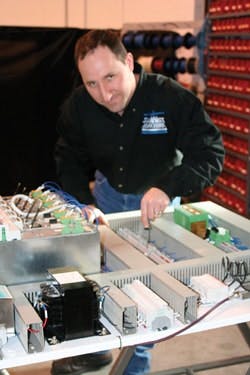Custom-Built-to-Print
Founded in 1998 as a contract machine shop, Summit Machine (www.summitmachineinc.com) took less than a decade to expand its offerings and focus its growth by developing three divisions—custom automation, machine shop services and build-to-print contract manufacturing. “Summit Machine’s principal areas of activities and business operations center around our core value of improving our customer’s manufacturing processes through automation, design and build, integration services, CNC and manual machining and fabrication and welding,” says president Todd Bauernfeind, who joined the Shoreview, Minn., company in 1999, soon after its inception.
Because of its evolving origins, Summit has practical experience in serving manufacturing customers from a variety of industries. “Our project and industry scope includes the high-precision assembly or component needs of medical and electronics products, as well as a variety of industrial and consumer products requiring manufacturing, testing, web converting, assembly and packaging,” explains Bauernfeind. “The needs of the industries are all over the board from manufacturing cycle times, precision, cleanliness, robustness and sophistication of the automation or the machine to the more obvious concerns about budget and ROI.”
Each solution Summit designs is tailored to the needs of the customer, which ultimately are driven by their processes and the demands of the industry. “We don’t manufacture dedicated product lines,” says Bauernfeind. “Instead, we engineer and fabricate custom solutions to manufacturing companies that have a need to implement, augment or improve their existing manufacturing processes.”
Some of the technologies Summit and its 14 employees—including an electrical and a mechanical engineer—incorporates include process automation and assembly; sonic welding, spin welding and gluing; press assembly; conveying systems; RFID systems; print and apply labelers; and vibration, feeder and O-ring bowls.
The choice between hardwiring and digital networks depends largely on the size of the machine, explains Hubrich. “Typically small machines are hardwired and larger machines will use a network,” he says. “Summit has implemented DeviceNet, ControlNet, EtherNet/IP and Profibus to distribute I/O across the machine. We always will use a digital network such as SERCOS for servo drives. This eliminates the added wiring and debug with analog systems.”
Safety is an integral part of the design process at Summit. “Typically, risk assessments are performed to determine the level required,” says Hubrich. “Each machine uses a safety relay as the base of the safety system, independent of the size. From there, larger machines will receive a more intelligent safety system to reduce installation time and debug in the future. Summit has used the Jokab Vital solution with great success on larger machines.”


